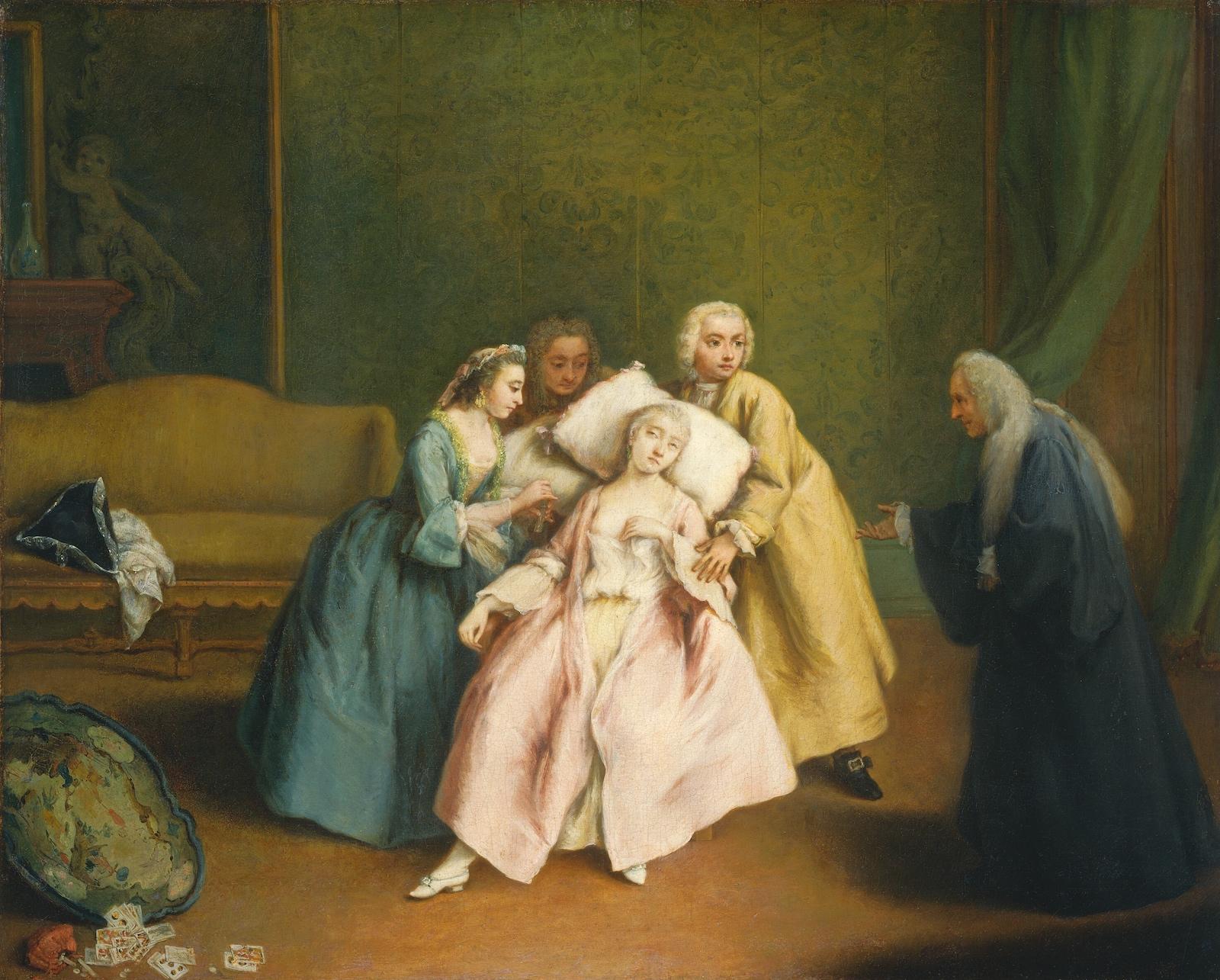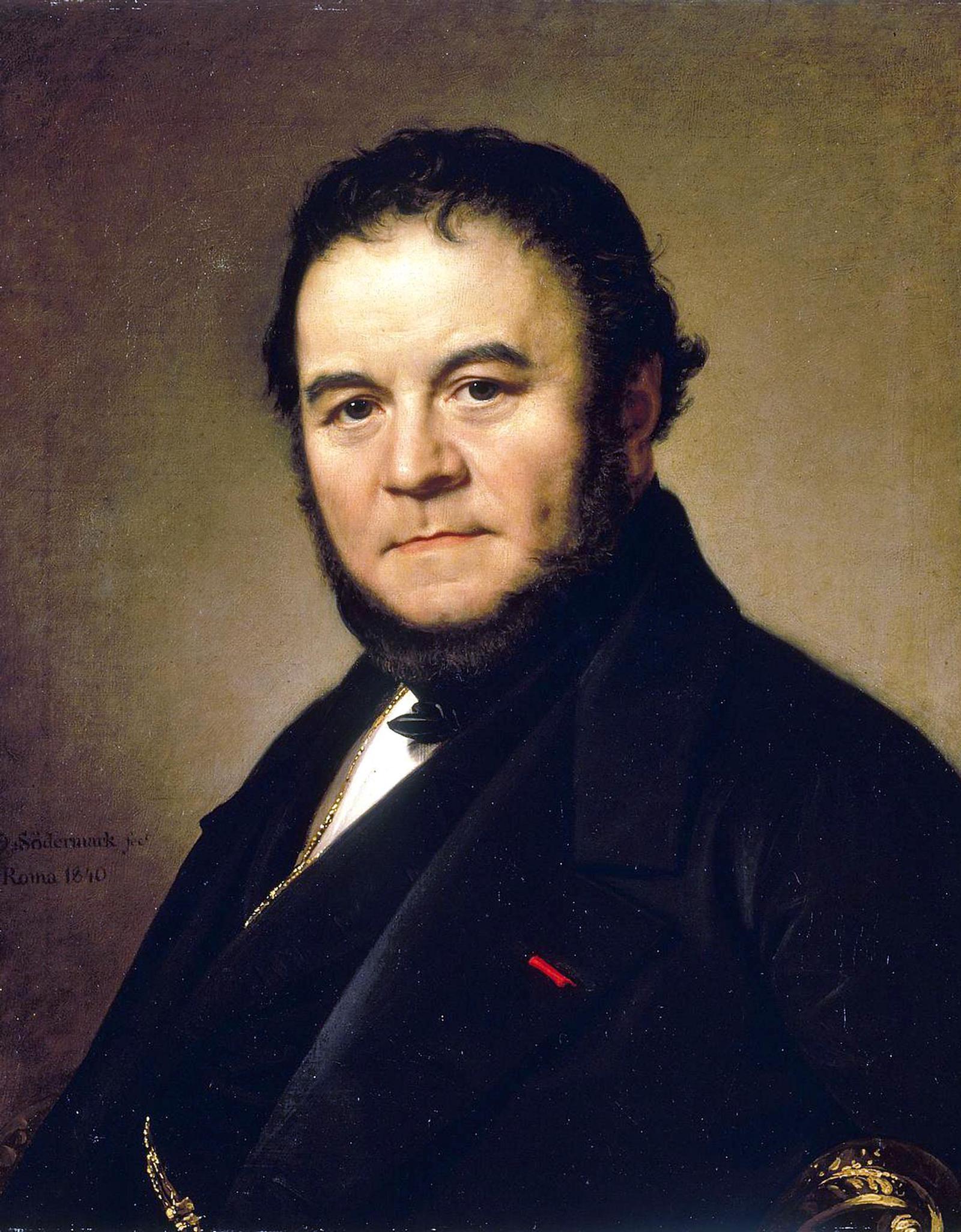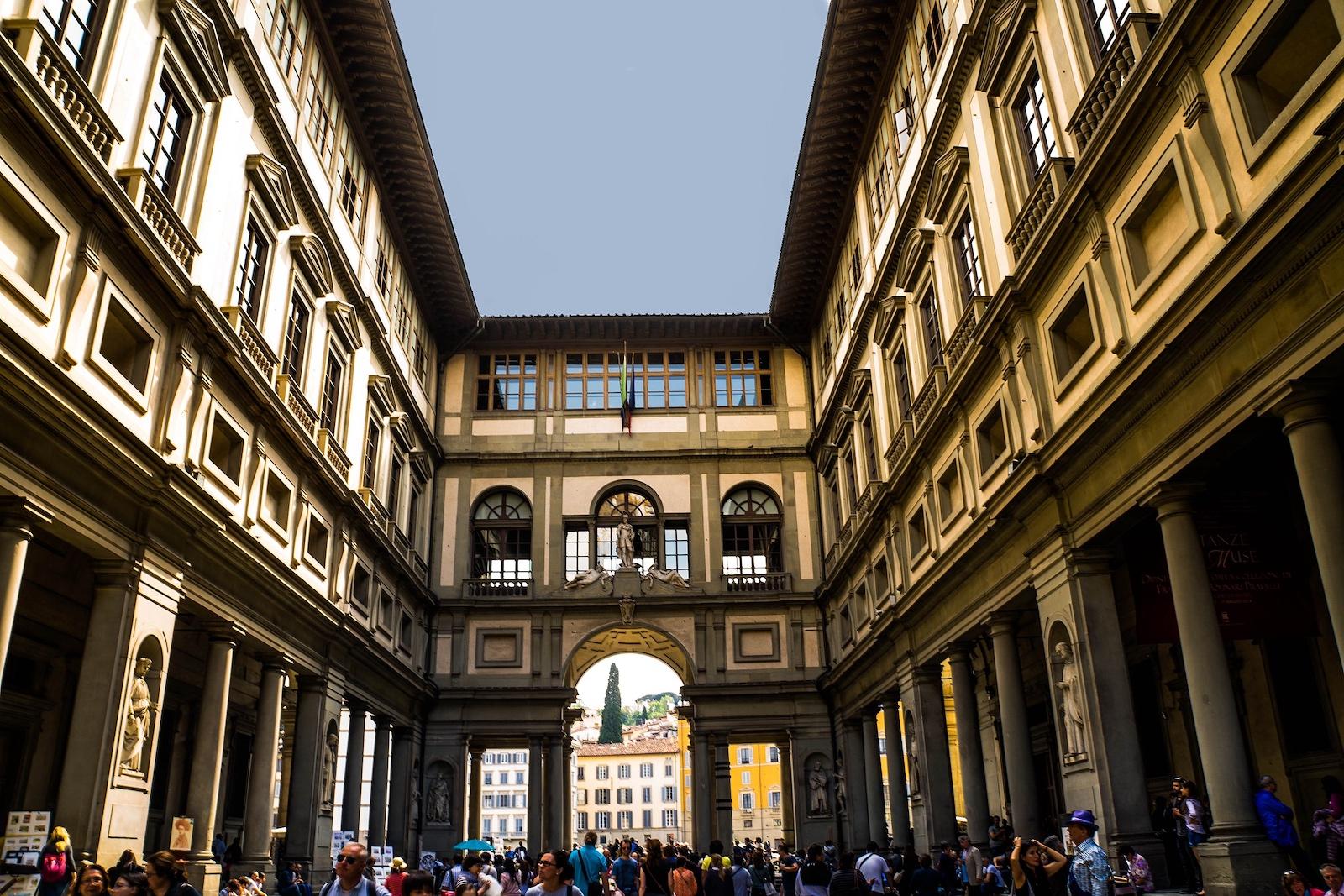The term Stendhal Syndrome was coined in 1979, by Italian psychiatrist Dr. Graziella Magherini. Chief of psychiatry at Florence's Santa Maria Nuova Hospital at the time, she was familiar with Stendhal’s memoir and noticed many tourists visiting Florence experienced psychosomatic symptoms in reaction to Florentine art, ranging from panic attacks to paranoia. She even published a book in 1989, La Sindrome di Stendhal, documenting 106 case studies.
Symptoms include dizziness, elevated heart rate, heart palpitations, shortness of breath, fainting, confusion, and even hallucinations after exposure to impressively beautiful art or architecture as a tourist. Similar syndromes have sprung up among visitors to Paris and Jerusalem, although there is a religious component that many consider part of the Jerusalem Syndrome. Magherini believed Stendhal Syndrome sufferers usually had latent mental or psychiatric issues that were triggered by the strong emotions evoked by great art and exacerbated by the stress of traveling. She believed the syndrome was so prevalent in Florence because of the high concentration of amazing art throughout the city.



























